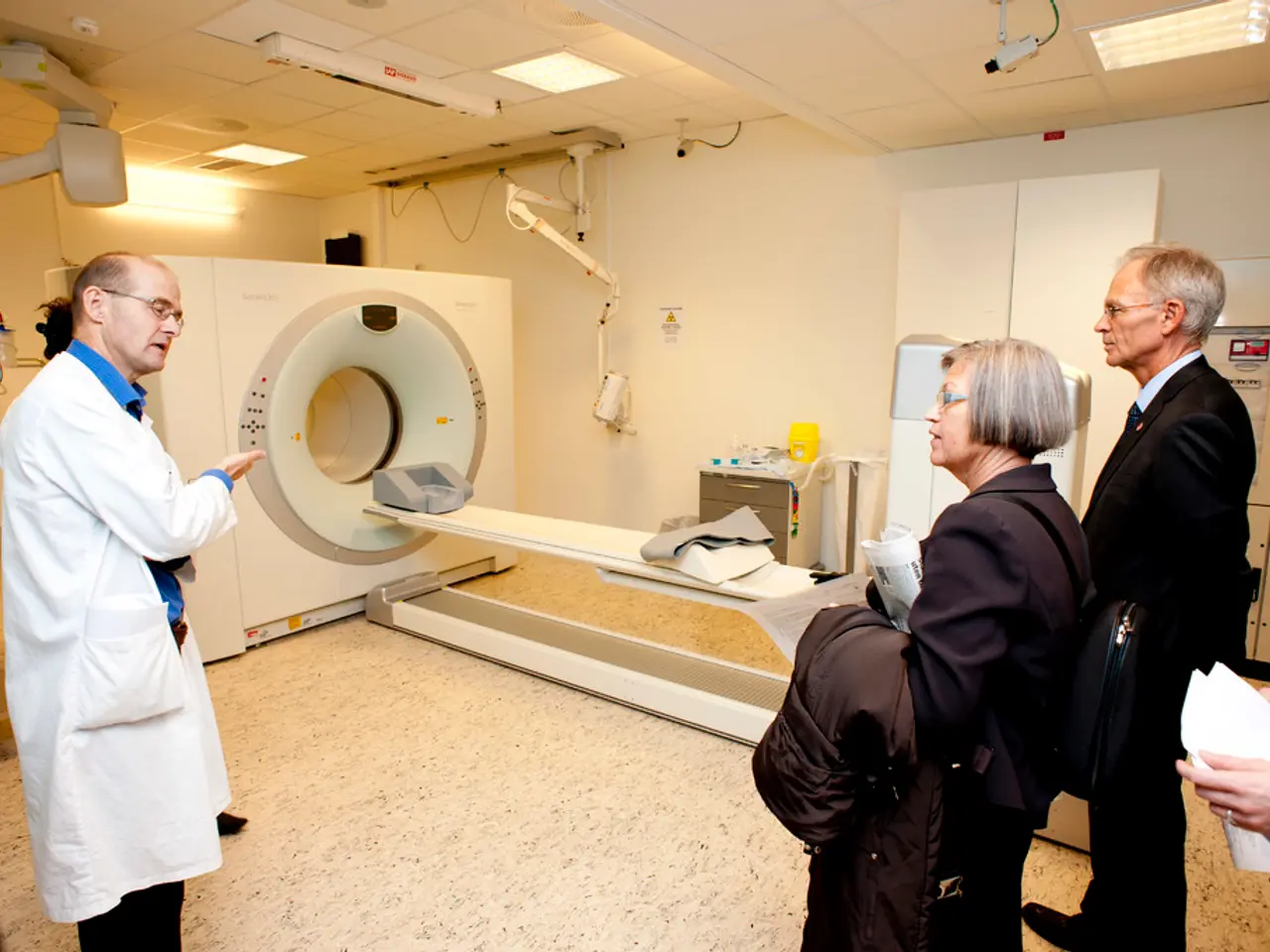Analysis of a multidimensional model utilizing MRI-radiomics, age, and sex for the differentiation of hepatocellular adenoma subtypes
In a recent study, researchers have developed a diagnostic model that could potentially improve the classification of hepatocellular adenomas (HCA) using machine learning algorithms, basic clinical features, and MRI-radiomics.
The research, conducted at a single center, aimed to create a non-invasive method for subtyping HCA. This method combines patient demographics, such as age and sex, with radiomics features extracted from MRI scans. Radiomics techniques, used to quantify various textural, intensity, and shape features, reflect the underlying biological characteristics of the lesions.
To achieve this, the team collected comprehensive clinical data and MRI scans of liver lesions. They then extracted relevant clinical information and applied radiomics techniques to the MRI images. Machine learning models, such as Support Vector Machines, Random Forest, and Convolutional Neural Networks, were trained to classify HCA subtypes based on the combined clinical and radiomic features. Feature selection techniques were used to identify the most informative features contributing to accurate subtyping.
The study's findings suggest that these models can distinguish between certain HCA subtypes, such as I-HCA and ß-I-HCA, with a balanced accuracy of 73%.
However, the study also highlights some challenges. High-quality, annotated datasets are crucial for training accurate models, and understanding the decision-making process of complex models can be challenging.
Despite these challenges, the potential benefits are significant. Non-invasive subtyping can lead to timely and personalized treatment strategies, reducing the need for invasive biopsies and improving patient outcomes.
Recent advancements in liver cancer diagnosis have shown that AI models, particularly those using deep learning, can achieve high accuracy in differentiating between liver lesion subtypes. These advancements suggest that similar approaches can be adapted for HCA subtyping.
Looking forward, the researchers plan to explore multimodal integration, combining MRI-radiomics with other imaging modalities and clinical data, to enhance the accuracy of subtyping. They also aim to develop models that predict patient-specific responses to treatments based on subtyping results, leading to more effective treatment plans.
In conclusion, this study demonstrates the potential of machine learning algorithms in enhancing the non-invasive diagnosis and subtyping of HCA, improving diagnosis accuracy and patient care. Further research is needed to validate these findings and refine the models for clinical use.
The research in science, focusing on medical-conditions such as hepatocellular adenomas (HCA), aims to advance health-and-wellness by creating a non-invasive method for subtyping HCA. This involves mental-health considerations, like minimizing the need for invasive biopsies, to improve patient outcomes and overall well-being.




